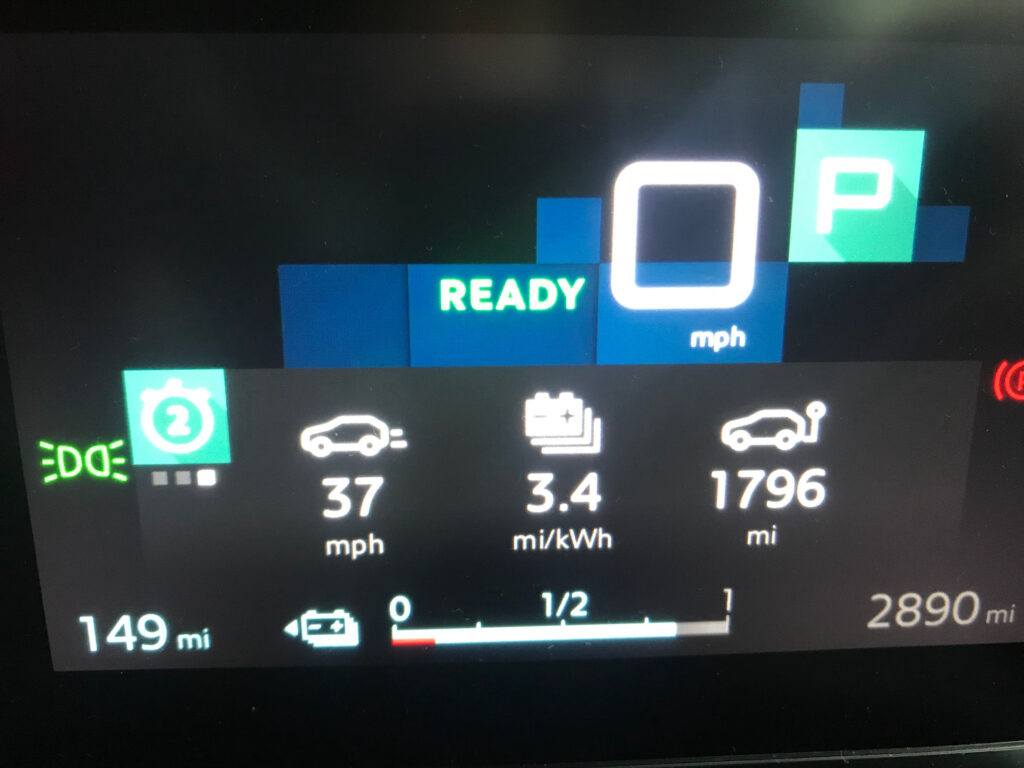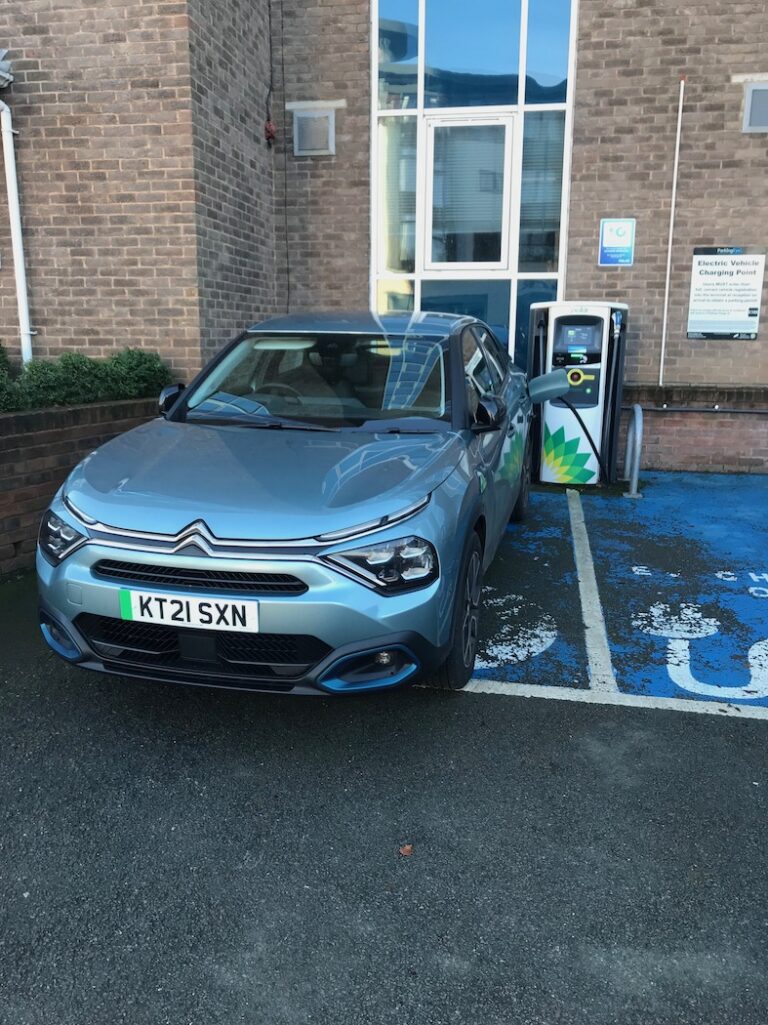Over the years of driving petrol and diesel cars, we’ve all got used to miles per gallon or ‘mpg’ as an easy reference to a car’s efficiency.
Of course, as we move towards increasingly electric cars, that’s obviously no longer possible. While petrol and diesel are sold and referred to in a liquid volume (litres or gallons), electricity is measured in kWh, so the efficiency of electric vehicles tends to be measured in miles per kwh or mls/kWh.
As with petrol or diesel cars, how you drive your EV can have a dramatic effect on its efficiency and while there are several factors under your control to limit the amount of power you use (see our separate feature on how to extend your range), others such as the outside temperature or the roads you’re travelling on are often out of your control.
As it suggests, the miles per kwh is a measure of the distance your car is averaging for each kWh of energy from the battery. A very general average is around 3.0-3.5, while some more efficient EVs might manage 4.0-5.0 mls/kWh or higher and some performance models or larger SUVs can be lower.

Generally speaking the larger the battery in your car, the longer the range of the car is likely to be. So the 35.5kWh battery in the Honda e is capable of 137 miles, while the Kia EV6 has a 77.4kWh battery with a 328 mile range. But it’s not just a case of putting a larger battery in to extend the range of an EV. While batteries are getting more efficient, they also add weight and size, so manufacturers have to balance a useable range against the car’s weight. The heavier a car is, the more energy it takes to move that weight.
A larger battery isn’t necessarily more efficient either, which is why that mls/kWh average is a better indicator. So a car with a larger battery that’s less efficient could have the same range as one with a smaller battery that’s more efficient. Some manufacturers sometimes don’t issue an average efficiency rating either, just a high and a low figure of what the car is expected to achieve.
While that mls/kWh is the widespread measurement, you might also see the metric measurement of kWh/100km used in mainland Europe (100km is equal to 62 miles). For kWh/100km, it can be a little confusing as the efficiency rating is reversed, so a lower number is better, whereas for mls/kWh, you want as high a number as possible. To convert an efficiency rating from kWh/100km to mls/kWh, simply divide 61.14 by the kWh/100km figure, so 20kWh/100km is equal to 3.11mls/kWh.
Just to complicate matters still further, some manufacturers quote Wh rather than kWh. To convert from Wh to kWh, simply divide it by 1000, so 5kWh is equal to 5000Wh. Whatever is quoted though, all EVs have a trip computer that will often switch between the different measurements and at least show the efficiency that you’re managing to achieve with your vehicle.
As EVs gain popularity, there’s no question that we will be become more familiar with miles per kWh and it will become second nature. And, as with the cost of the electricity itself, whether at a home charger or when on the road, how much your EV is costing you to drive and run will become easier to discover and comprehend.

